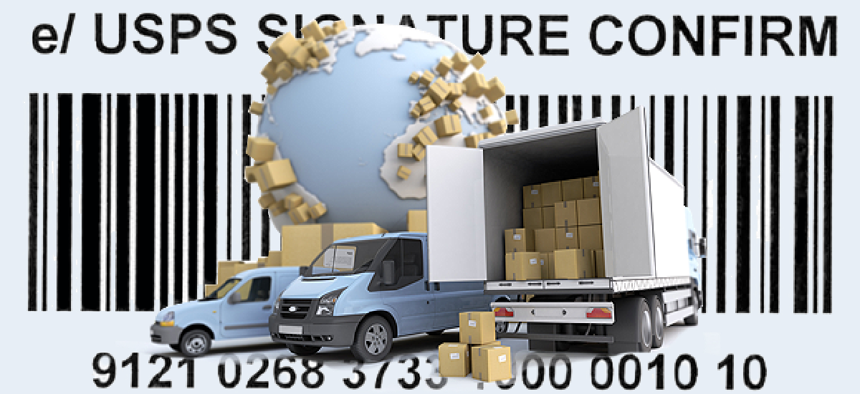Postal Service envisions Internet of packages and things


Connecting state and local government leaders
The Postal Service explores how best to interconnect postal operations with the future Internet of Things, when the network can spot delays before the customer does.
The U.S. Postal Service has spent the better part of two decades trying to creatively reinvent itself for the digital age. This summer, for example, it is preparing to roll out the Federal Cloud Credential Exchange, a federated identity management hub enabling agencies to accept online credentials issued by trusted third parties.
Now it is planning further afield to how it might adapt itself to the Internet of Things. In doing so, the Postal Service network would operate very differently from the way it works today
USPS envisions sensors attached to letters and parcels that will communicate with postal containers at every step, ensuring that items won’t get lost. Combined with powerful software and analytical tools, this highly connected infrastructure could help the Postal Service improve operational performance, customer service, create new products and services and support more efficient decision-making processes.
Getting to that point might take some time, but the USPS Office of Inspector General has taken the first step by issuing a request for information exploring its options. The RFI, entitled The Internet of Postal Things, aims to explore how the Postal Service can use the Internet of Things to improve processing, delivery and overall efficiency. Respondents were asked to submit a conceptual design of how new sensor and other data collection technologies could improve Postal Service operations.
The Internet of Things is a still-evolving concept, but the USPS defines it as the ability to embed sensors and other data collection technologies into physical objects, infrastructures and surroundings in which people live and businesses operate.
USPS leaders have already done quite a bit of soul-searching about how it can combine state-of-the-art technology with the rich data sources it already has to improve operations. In an Internet Postal Discussion Forum held in May, the three overarching themes were how technology, including sensors, can improve operations and customer satisfaction; how big data can best be leveraged; and how the Postal Service can benefit from the best practices of other postal operators.
Kent Smith, who spent more than 30 years at the Postal Service, the last 13 as manager of strategic business planning, said that with the RFI, the OIG likely is exploring how the Internet of Things fits into the broader context of what’s happening across technology, the industry and all postal functions. Smith is now a research director at Ursa Major Associates, a consulting firm focusing on postal and parcel logistics.
While it’s still early in the process, it’s clear that sensors will be a major technology in the future USPS. Everything from letters and packages to mailboxes, vehicles and containers would have sensors to route and track all deliveries. But at the core of the Internet of Postal Things is big data – data that is available, clean and provided in a way that is open and available for use and analysis.
A true Internet of Things approach would eliminate much of the cumbersome, paper-intensive processes that still remain in the Postal Service while improving delivery efficiency and accuracy. With the right technology and processes in place, the USPS would also be more prepared to handle whatever volume of mail arrive sat its docks on a given day as they will know what’s coming, when it’s coming and in what format it will arrive.
“Big data and total visibility are important part of the Internet of Things,” Smith said. “The USPS has been using big data in a narrow sense, and the OIG is trying to think more broadly and strategically about how they can use it in connection with other technologies and other information flows.”

NEXT STORY: LOC recommends formats for preservation of software, data sets




